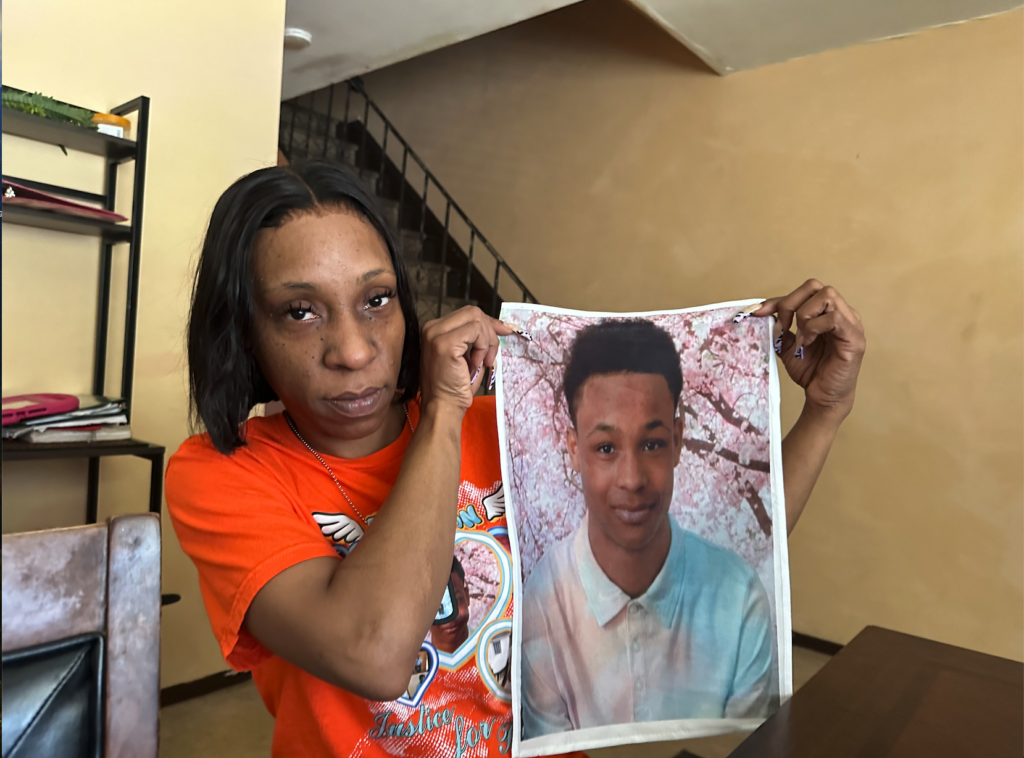John Talmage, ‘father of farmland preservation,’ dies at 91

John Talmage was a true pioneer.
There is almost no way to overstate how important he was to farmland preservation across the East End, Suffolk County and elsewhere. He was a Baiting Hollow farmer with roots back to the first settlers in Massachusetts and, in the 1640s, on the East End.
He was forever curious how things worked and had a gift for invention. He once flew a 1931 biplane from Baiting Hollow to Oklahoma — and back. Nearly every Dec. 7 he flew the biplane over the Statue of Liberty and dropped roses in honor of Pearl Harbor Day. He built a racing sailboat in a barn. He built a seaplane that could safely land on water — and he tested it first in a swimming pool. Oh, he even built a hovercraft just to see how it worked.
Mr. Talmage, whose love of farming was the inspiration for Suffolk County’s historic farmland preservation program in 1974, died Feb. 14. He was 91. His idea on how to financially protect farmers, and spare their farmland from suburbanization, has to date resulted in more than 20,000 preserved acres in Suffolk County.
“My dad was an amazing man,” said his son, Bill Talmage. “He could do anything and solve anything. If a problem needed to be solved, he invented a way to solve it. But a way to preserve this rich farmland and help the farmer is perhaps his greatest legacy.”
The first Talmage arrived in Lynn, Mass. in 1630 and by 1642 had migrated to Southampton and soon after that to East Hampton. Nathaniel Talmage grew up in East Hampton, served in the Union Army in the Civil War — he fought in the Battle of Gettysburg — and after the war bought land in Westhampton on which to grow potatoes.
“That land was too sandy and not good for potatoes,” Bill said. “So he went to Baiting Hollow. In 1882 there was an auction on the steps of Town Hall and he bought the land north of Sound Avenue. That land was for potatoes and cauliflower from 1882 to 1985 when it became Friar’s Head golf course. We still own the land.”
Bill described his father as a “very practical, common-sense guy who could invent things to solve a problem.” When Nelson Rockefeller was New York governor, Mr. Talmage served on a commission to save farmland. Suffolk County Executive John V.N. Klein, who wanted to spare the East End from the suburbanization that had changed Nassau and western Suffolk, would drive out to Baiting Hollow and he and Mr. Talmage would sit at the kitchen table discussing ideas.
Saving the land from development was not as big a problem as how to do it. Mr. Talmage wanted to protect the farmer’s finances, so he devised a plan whereby the county would buy the development rights, which gave the top value of the land to the farmer and kept it in agriculture.
It was a win-win, Bill said. “The farmer needed to borrow money on the value of the land to plant his crops, so the top value of the land was if it were developed,” he said. “This method gave the farmer that value, but kept the land in agriculture, which lowered the taxes.”
The signing of the law made front page news across the state, and when Mr. Talmage was the first to buy into the program, his signing the documents on the family land was a major news story across the region.
“This was essentially John Klein and my dad sitting and talking,” Bill said. “But it was my dad’s idea on how the farmer could keep the top value of the land while keeping it in agriculture. And we were the first farm to enter the program.”
While farming and inventing, Mr. Talmage also served on various boards, from what was then Central Suffolk Hospital (now Peconic Bay Medical Center) in Riverhead to the board of Agway. The Riverhead Agway store is family owned today.
“Farmers back then were very worried about the value and future of their farms,” said County Legislator Al Krupski (D-Peconic), whose family has farmed on the North Fork for generations. “The preservation program and the transfer of development rights was a landmark approach.”
This year, he said, $5 million is available in the program; next year, $10 million will be available.
“Without this program, a lot of land would have been lost,” he added. “We could have ended up like Nassau County. It changed the landscape, but it also changed the culture out here. His is a tremendous legacy for his family and for Suffolk County.”








